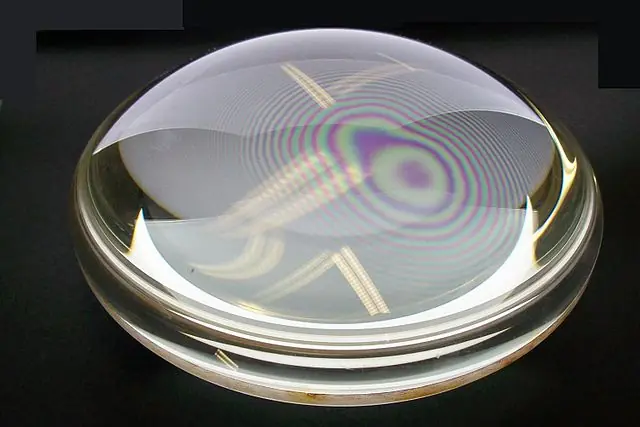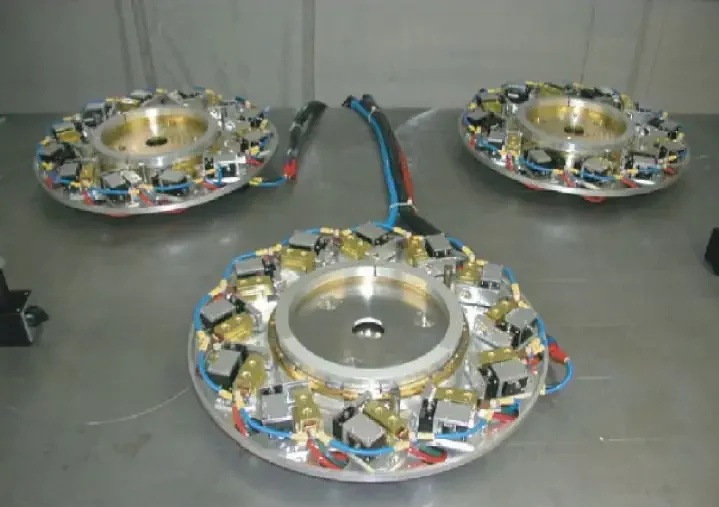What Is The Relationship Between Wavelength And Frequency?

What is the relationship between wavelength and frequency, and why is it so important in the world of physics? This fundamental concept lies at the heart of numerous scientific and technological advancements, from optics and telecommunications to medicine and beyond. In this article, we’ll explore the relationship between wavelength and frequency, with a specific focus on the applications of this concept in the context of wavelengths of light and lasers.
If you’re looking to calculate the relationship between wavelength and frequency, try using our Wavelength to Frequency Calculator in the References section.
Wavelength
Wavelength is the distance between two consecutive peaks or troughs of a wave. Scientists use the symbol λ (lambda) to denote it, and measure it in meters (m), nanometers (nm), or micrometers (μm). In the case of light, wavelength determines its color, while in sound, it determines pitch.
To calculate the wavelength, one can divide the wave’s speed by its frequency. For example, if the speed of light is 299,792,458 meters per second and the frequency is 500 THz, the wavelength would be 599.6 nm.
Frequency
Frequency is the number of waves that pass a given point per second. It is usually denoted by the symbol f and is measured in hertz (Hz). The frequency of a wave determines its energy and can be used to identify the type of wave.
The calculation of frequency involves dividing the speed of the wave by its wavelength. For example, if the speed of light is 299,792,458 meters per second, and the wavelength is 600 nm, the frequency would be 500 THz.
Applications
The relationship between wavelength and frequency follows an inverse pattern. That is, when the wavelength increases, the frequency decreases, and vice versa. Scientists express this relationship mathematically using the equation f = c/λ, where c represents the speed of light.
In the case of lasers, scientists rely on the relationship between wavelength and frequency to determine a laser’s properties. Since lasers generate a narrow, intense beam of light that has a single wavelength, its wavelength determines its color, and its frequency establishes the energy of the photons.
Similarly, in the telecommunications industry, scientists use the relationship between wavelength and frequency to transmit data via fiber optic cables. Data transmission speed and reliability depend on the specific wavelengths and frequencies of the light waves used.
Conclusion
Understanding the relationship between wavelength and frequency is essential for various fields, including optics, telecommunications, and medicine. In the case of lasers, it determines the laser’s properties and effectiveness for different procedures. Understanding this relationship allows us to describe and predict the behavior of waves in different contexts, and to design applications that rely on these properties. From medical imaging to wireless communication, the relationship between wavelength and frequency has wide-ranging implications for modern technology and our understanding of the natural world.






